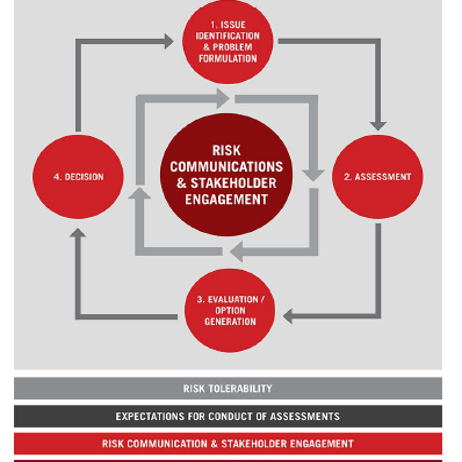Client: Alliance of Blood Operators
Listing of the client in no way affirms the client's support, sponsorship, or validation in any form of Risk Sciences International or the RSI staff member(s) who conducted this project during their stay with RSI or prior to joining the company. This case study is displayed for informative purposes only to demonstrate the capacity of RSI staff members. This case study reveals no proprietary information or information deemed sensitive.
Risk-based decision making framework
The Alliance of Blood Operators (ABO) sought to move its members toward a consistent, transparent approach to risk-based decision-making. Having worked through the development of a framework, the organization now wanted formal adoption, external validation, and practical application to real-world decision contexts. ABO’s request was twofold: to embed the framework as a standing resource available to all members, and to strengthen its credibility through peer-reviewed publication and international visibility.
Member organizations also asked for practical demonstrations of the framework in action. Canadian Blood Services, for example, requested support in applying the approach to the development of its national plasma collection strategy. At the same time, ABO sought further elaboration of specialized components of the framework, most notably the risk tolerability process. This included the creation of additional tools and guidance that would enable decision-makers to evaluate ethical and risk trade-offs in a structured, defensible way.
The overarching purpose was to provide blood operators worldwide with a systematic decision process that could handle scientific, ethical, and stakeholder considerations in a transparent manner. By adopting and applying the risk-based framework, ABO aimed to improve consistency across organizations, enhance defensibility of major policy choices, and strengthen public trust in the blood system.
Experts related to this case study
More RSI Case Studies
RSI presents a very small selection of case studies to highlight some of its key work.



















